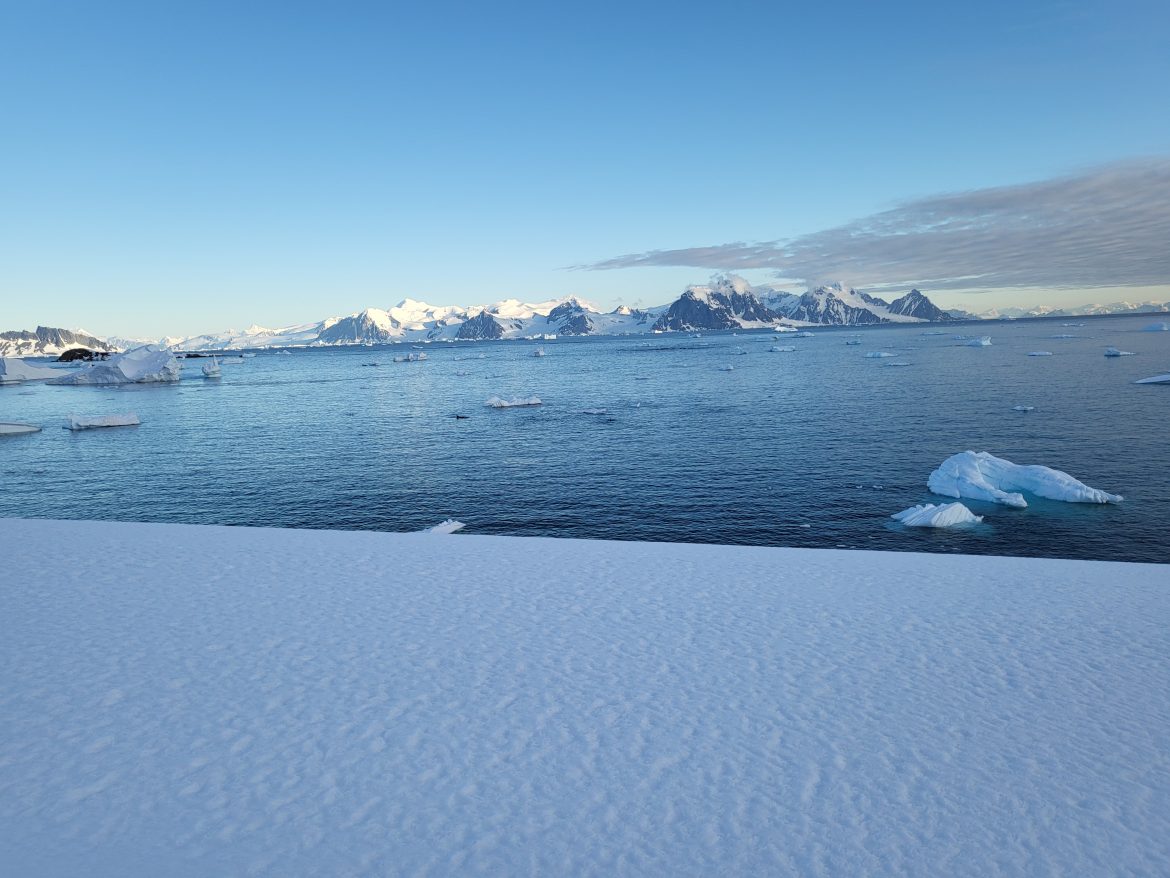
Ice sheet models (scientific simulations which aim to predict future behaviour of ice sheets) often disagree on the timing and magnitude of sea level rise up until 2300. For example, projections of Antarctica’s contribution to sea level rise beyond 2100 remain highly uncertain due to processes such as Ice Sheet and Ice Cliff instability which could cause Antarctic melting to contribute more rapidly to sea level rise.
The Coupled Model Intercomparison Project Phase 6 (CMIP6) is an international effort using different climate models to better understand how the Earth’s climate system responds to various factors. ISMIP6 (Ice Sheet Model Intercomparison Project for CMIP6), co-led by CPOM, is the part of CMIP6 project that examines the ice sheets, aiming to improve predictions of their future contribution to sea level rise, which is critical to assess the impact of melting ice on sea level rise, oceans currents, and weather patterns. By pulling together a range of different models, ISMIP6 supports the scientific community by producing more accurate, robust, multi-century projections of sea level rise and quantifying their associated uncertainties.
The most recent report using the ISMIP6 Model ensemble was released on Wednesday 4 September) in the AGU Earth’s Future journal. The new study titled ‘Evolution of the Antarctic Ice Sheet Over the Next Three Centuries From an ISMIP6 Model Ensemble’ (Seroussi et al.) investigates the behaviour of the Antarctic Ice Sheet until 2300 using ‘an ensemble of 16 ice-flow models and forcing from global climate models’. This is ‘the first multi-century, multi-model projections of the Antarctic Ice Sheet evolution’ and shows that ice flow models are relatively consistent in predicting a limited Antarctic sea-level rise up until 2100. However, beyond the end of this century, Antarctica’s ice losses increase rapidly thereafter with the choice of ice flow model and different potential influential factors such as carbon emissions (known as climate forcing scenarios) becoming sources of uncertainty.
This model ensemble shows that, under high carbon emission scenarios, some simulations show high levels of ice retreat after 2100 with potential sea level rise of up to 1.7m in 2200 and 4.4 m by 2300. In particular, key regions in West Antarctica, including the Bungenstock Ice Rise, the Siple Coast and the Amundsen Sea sector are predicted to undergo rapid retreat. Results saw strong variations between models on the onset of retreat but good agreement on the pattern of retreat.
In addition to the choice of ice sheet model, this study also highlights the importance of the emission scenario, as ice losses under both low and high emissions remain similar during the 21st century, the two scenarios produce significantly varied results post 2100. This highlights the importance of reducing emissions for the future stability of the Antarctic Ice Sheet as well as the importance of further work on developing and improving accurate and robust models of ice shelf retreat and potential collapse beyond 2100 so that policy makers and scientists can make decisions today which will protect the future of Antarctica beyond tomorrow.
Find out more about the 6th phase of the Coupled Model Intercomparison Project (CMIP6)
